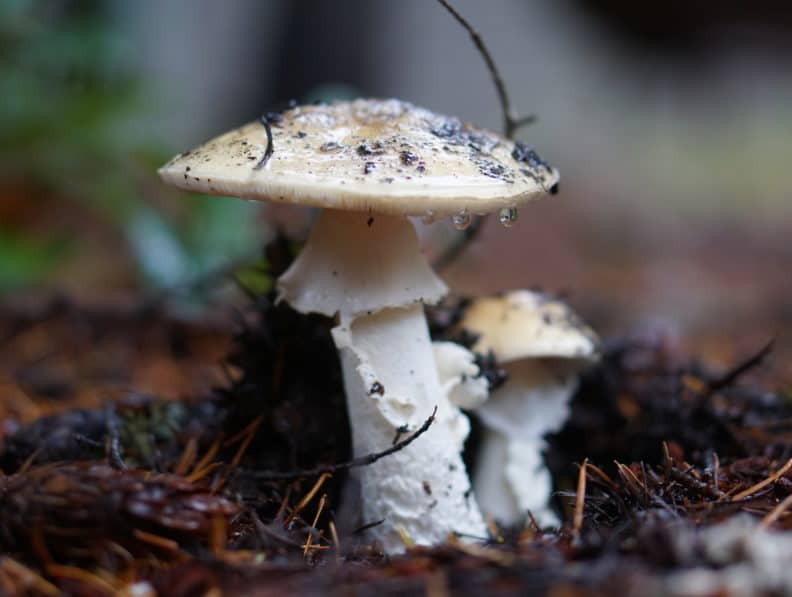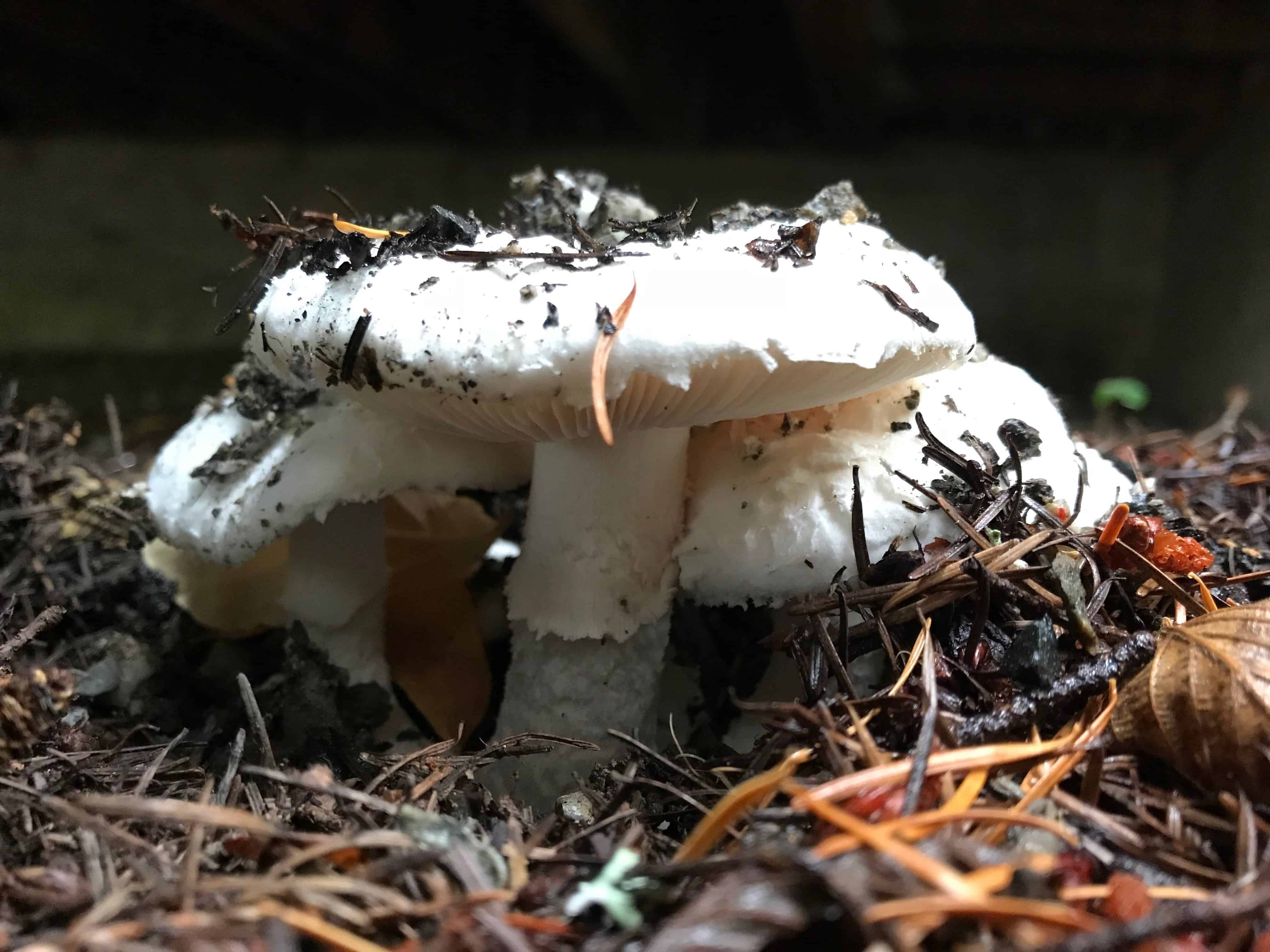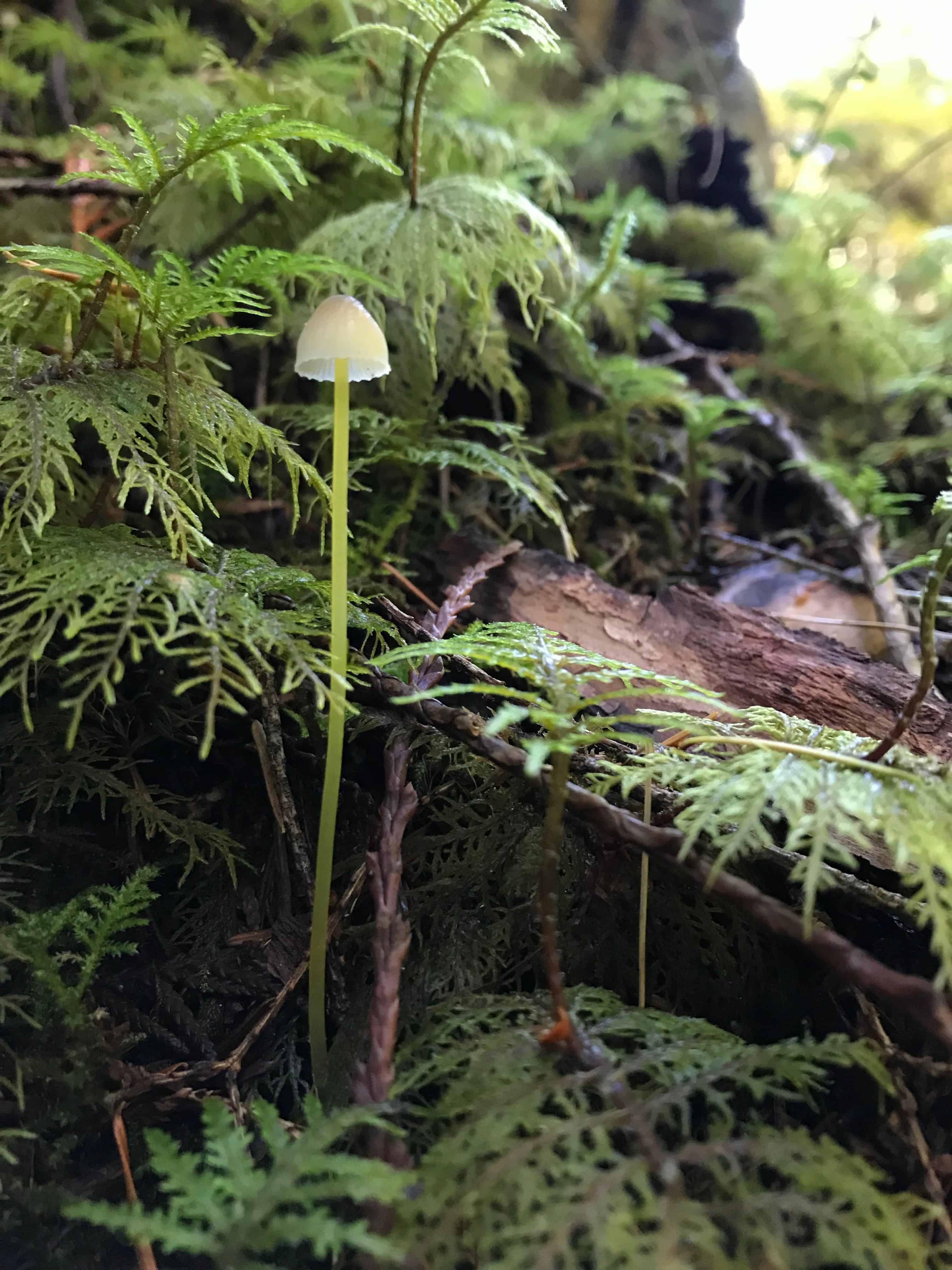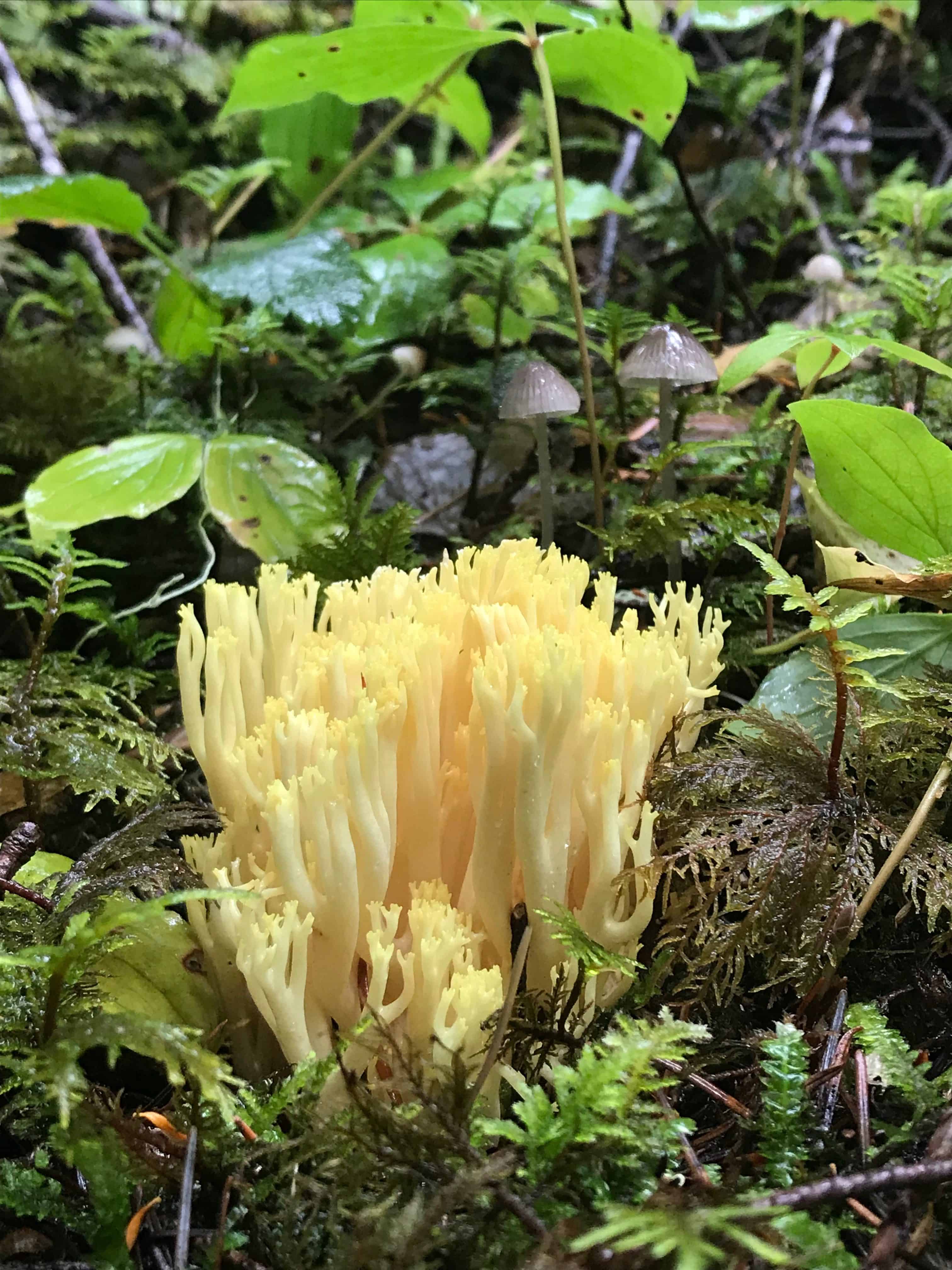
Cascadian Fungi: Delightful and Deadly
As we are summoned out of summer’s euphoria by crisper breezes and calming drizzles we begin to notice a change in the cast of characters acting out the story of the seasons. The birds have finished their courtship and rearing and the skies soon clear. Underfoot, the subtle voices of fungi begin to quiet announce their whimsical act before winter arrives.
There is ample reason for caution and temperance with fungus, yet there is also so much to be enchanted by and enriched by in this under-appreciated kingdom. Charismatic megafauna and local flagship flowers tend to get the bulk of admiration from nature lovers. While they are splendid, fungi reward a more patient intellect and curious eye with wonders unsurpassed by flora and fauna.
The biology of fungus is novel to most people, who are familiar with the feats of predatory animals and the ostentatious beauty of vascular plants. These organisms’ goals and struggles are well known. The niche of a fungus is much more esoteric, mysterious, and therefore enchanting. For example, it isn’t widely known that a mushroom is just one brief moment in the life of a fungus. The fungus itself lives below the soil in the form of a long, filamentous network called a mycelium. If you were to dig under a mushroom (hypothetically speaking – please leave them be) you’d most likely turn up a fuzzy white material. This would be the mycelium, which forms relationships with numerous other members in the forest. They help decompose forest detritus such as dead trees and animals and they also connect the rootlets of trees to other organisms to exchange nutrients and signals that biologists are still working out. These mycelia can be small, isolated patches and they can stretch to unbelievable lengths. Under the Blue Mountains of Oregon lives a fungus called a honey mushroom measuring 2.4 miles across, easily claiming the title of Largest Living Thing.

So what about that mushroom? The first obstacle in comprehending mushrooms is that they seem at first to be oddball plants, inhabiting the same general area as plants do. Well, when you take a closer look you find that mushrooms are almost nothing like plants. Some even argue that they have more in common with animals. In truth one must throw both these concepts out the window. We need to reassemble the basic functions of life into a new process. A fungus thrives under the soil, in tree trunks, even in the bodies of other living things. Specific conditions are conducive to specific fungi. One loves dead red alders while another prefers a symbiosis with pines. When a factor changes in their environment the fungus responds by creating a fruiting body, otherwise known as a mushroom, to spread their spores (think microscopic seeds). Here’s a metaphor: If we were all content aboard a spaceship floating in the oblivion of space and were suddenly threatened by some anomalous space calamity we’d all (hopefully!) board escape pods and shoot off toward more hospitable reaches of the cosmos. The mushroom is much like the escape pod.

When you read the word mushroom what is it that flashes into your mind’s eye? Chances are you’re envisioning a white-stemmed, red-capped little toadstool with white speckles on its upper surface. Good job! You’ve recollected Amanita muscaria – a mushroom that has charmed its way into collective familiarity. While muscaria is certainly an elegant representative from the mushroom gallery the forms and contrivances that fungi have developed vary unimaginably. There are stately, robust mushrooms that can weigh several pounds each and stand over a foot tall, some that are hardly larger than a tailor’s pin, and in between there is every color and shape: some form a few legs that lift them off the ground like a lunar lander, some manifest as luminous amorphic goo, others boast an inexplicably beautiful honeycombed gown, while yet others project from the sides of trees like a pixy’s colorful veranda.

You’ve probably heard from one of your more eccentric friends about their initial stages of fungophilia. Maybe they went out with a friend to find irresistibly delicious morels or chanterelles, or perhaps they found a prismatic celebrity of the fungus kingdom. Whatever the tale, fungi have a way of stirring admiration in us, drawing us out to the forests to pursue and collect them. And this is where our sense of wonder must make good with critical identification skills. For, when we traipse into the woods with an empty basket and stomach we are wandering into a realm of enchanting forms, comical oddities, toothsome delicacies and yes, lethal lookalikes.

The Amanita from before is a prime example. It is deadly toxic, loaded with cyclopeptides that can threaten the life of an adult with only a two-ounce serving. One of its close relatives, Amanita smithii, bears a striking resemblance to a treasured edible, Tricholoma magnivelare, also known as the matsutake or pine mushroom. The necessary visual distinctions are highly reliable to sort the killer from the culinary cash crop, however mistakes are made. Here in the North Cascades we have both of these mostly white mushrooms with white gills and whitish spores. The real kicker is that they can grow immediately next to one another. This forager has been out in the fading light holding one in each hand looking back and forth at them, mostly sure which is which. The real telling feature here? Sent. The matsutake bears a fabled aroma probably best described by the eminent mycologist David Arora as ‘somewhere between Red Hots and gym socks’.
Is it worth it? Why do we go out in pursuit of these enigmas? What draws us to them? For most mycophiles it’s that je ne sais quoi, that elusive and alluring oddness. It’s the millennia of culture and ritual. It’s the staggering variety of form, color, biology. It’s the entirely separate culinary palette they bring to the table. It’s the growing list of promising scientific discoveries. And yes, for some of us it’s an undefinable kinship with these eccentric lifeforms, content to appear when it’s their time.


Thanks for this informative piece, Evan!